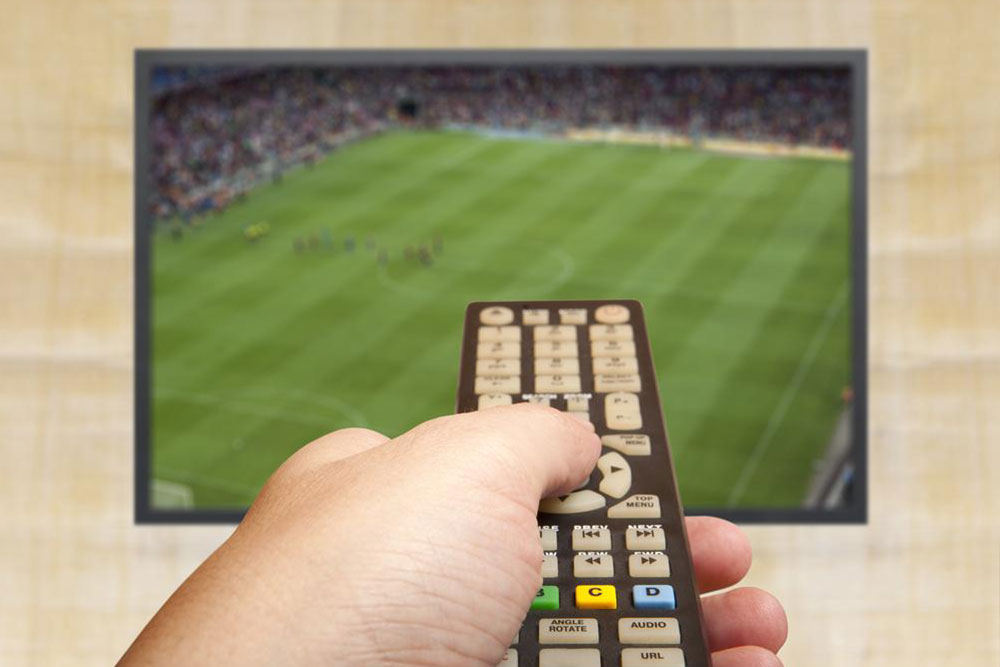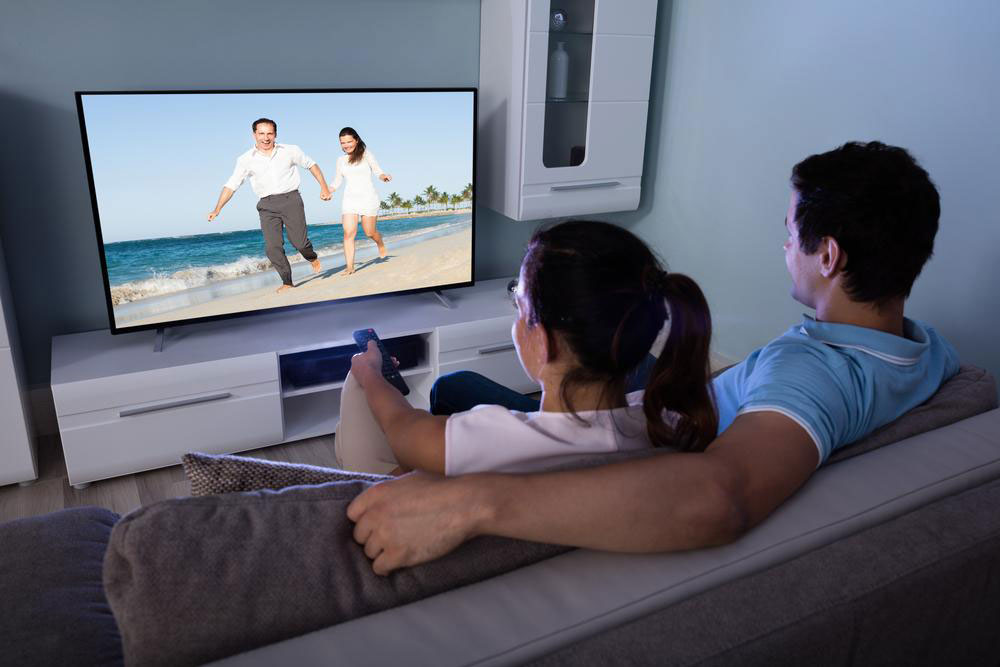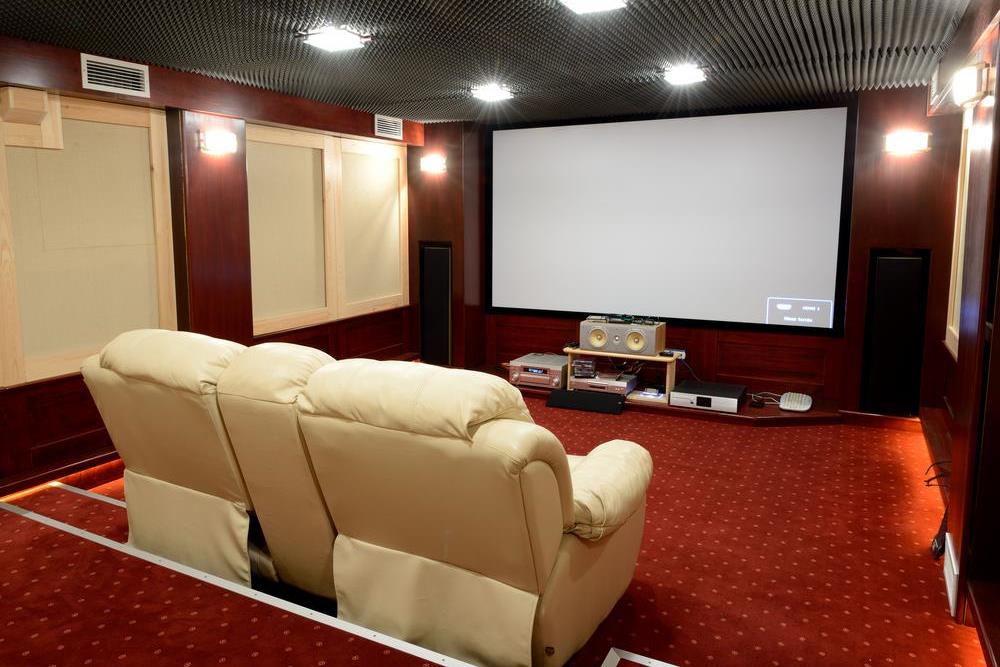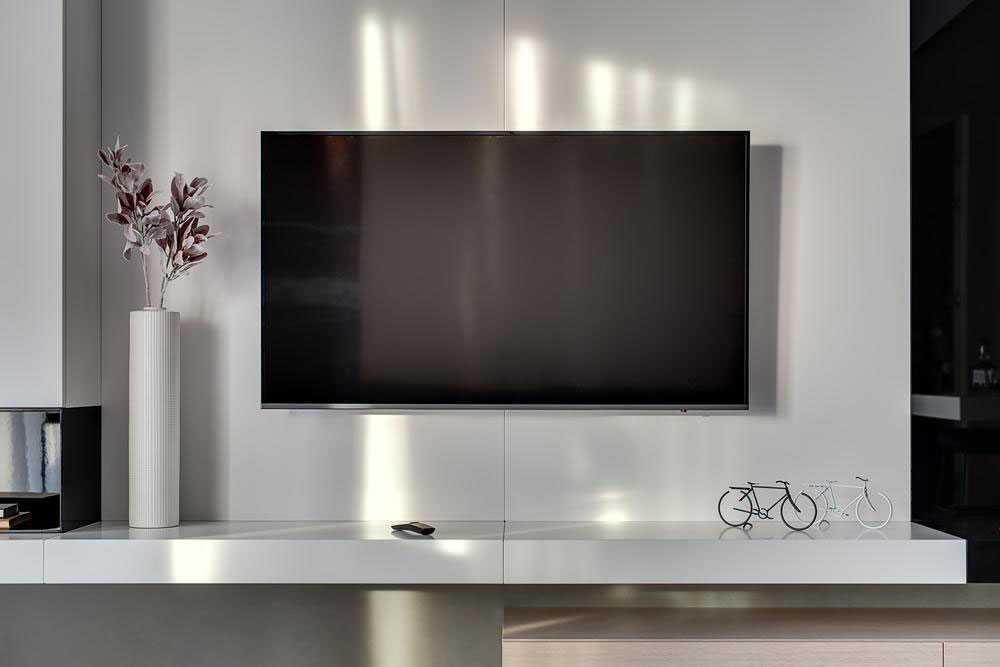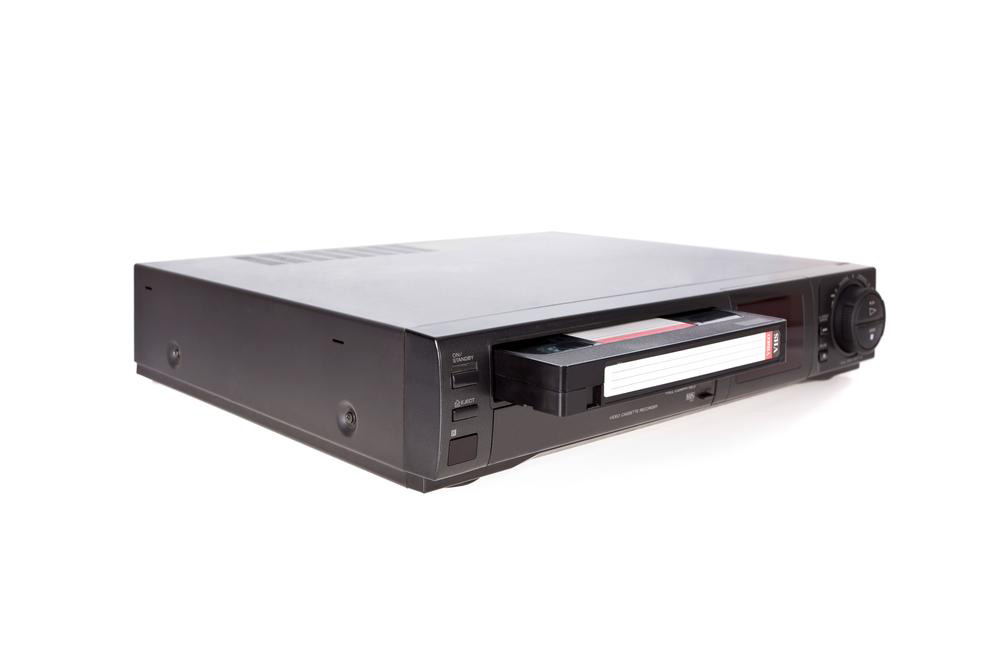The Comprehensive Guide to the HD Television Revolution
This article provides an in-depth look at the evolution of HD television technology, highlighting innovations from leading brands like Vizio. It explains broadcast standards such as 720p and 1080p, the shift from analog to digital, and the impact of HD on viewer experience. The piece also covers the history of HD adoption, emphasizing its rapid growth and improved quality. Perfect for tech enthusiasts and consumers seeking to understand HDTV advancements, this guide clarifies complex concepts and showcases the importance of HD in modern entertainment.

The Comprehensive Guide to the HD Television Revolution
The global shift towards fiber optic technology has revolutionized connectivity. Traditional all-IP set-top boxes are increasingly replaced by DVB standards, fueling innovation in television technology. Leading brands like Vizio have quickly adopted these advancements, producing some of the most cutting-edge TVs on the market.
The dull, lifeless images of old analog TVs have become a thing of the past. Modern screens offer interactive and immersive viewing experiences.
In the past, analog TVs suffered from dull images and lackluster colors. Today, high-quality products such as Vizio's D series utilize advanced HD technology to deliver stunning clarity and vibrant visuals. The superior sound systems enhance the overall viewing experience, providing entertainment at its finest.
High-definition (HD) technology has become the industry standard, surpassing standard definition (SD). Popular models like Vizio's E series proudly bear the HD label. HD offers significantly enhanced picture quality compared to SD, prompting most consumers to upgrade their televisions.
Digital HD broadcasts typically adhere to two standards: 720p and 1080i. The 'p' indicates progressive scan, where each frame displays a complete image, whereas 'i' refers to interlaced, which composes images from alternating scan lines. 720p features a resolution of 1280x720 pixels, providing smooth motion and clarity, especially in fast-paced scenes. 1080i combines two fields to achieve a 1920x1080 resolution, but 1080p is often preferred for its superior handling of motion blur. TVs like Vizio's M and P series support 1080p playback, ensuring excellent picture quality across diverse content.
Initially, HD TV adoption was slow, with limited content and high costs leading to perceptions of sluggishness. Over time, innovative products and increasing digital broadcast coverage have transformed the television landscape. The digital switch-over has accelerated the HD revolution, resulting in a remarkable improvement in viewing quality and viewer satisfaction.


